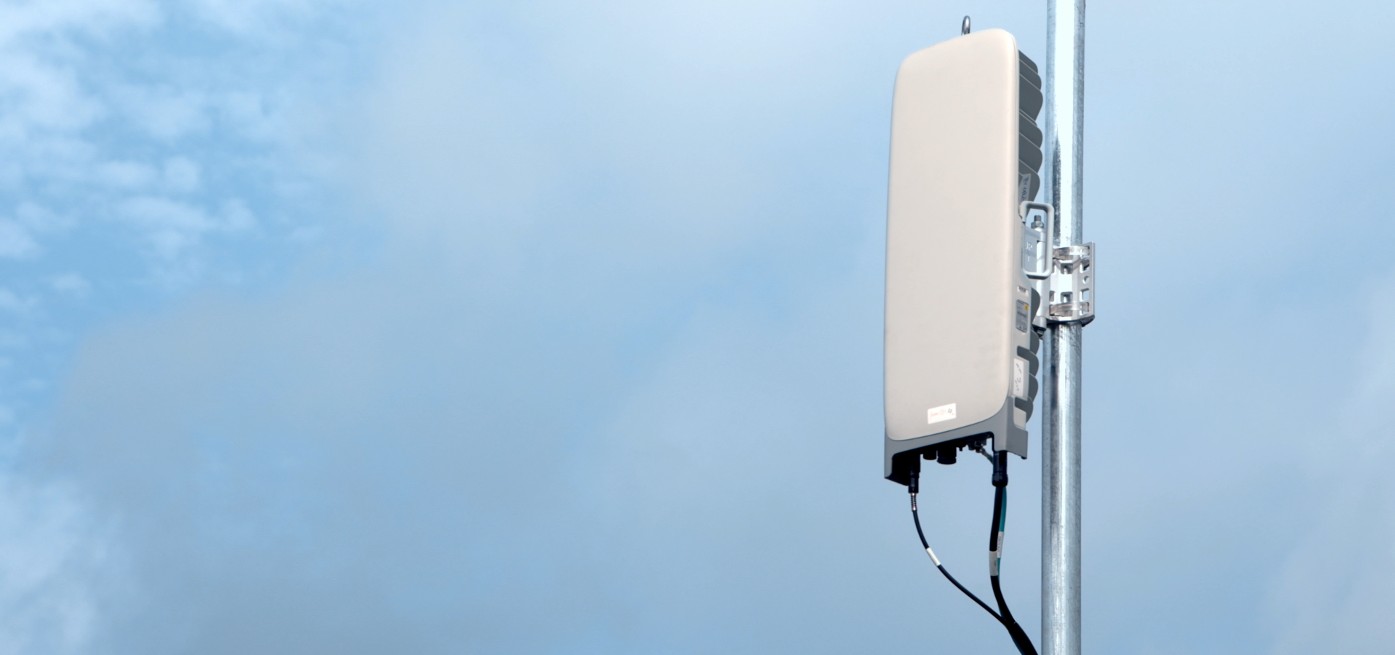
How to Build a GPS Jammer at Your Home
Here’s a step by step guide on how to build your own GPS jammer. Below are the main steps we are going to introduce in

Cell phone jammers are devices that are designed to block or interfere with the signals of mobile phones. These jammers consist of various RF modules operating at different frequencies, which need to correspond to the antennas. This article aims to explore the significance of frequency matching between RF modules and antennas in cell phone jammers, as well as the consequences of not achieving this correspondence.
RF modules in cell phone jammers are divided based on the signal frequencies used by mobile phones, ranging from 800M to 6G. Typically, mainstream cell phone jammers are equipped with 10-12 RF modules, each corresponding to a specific output signal frequency. Similarly, antennas are also divided based on the signal frequencies.
The frequency matching between RF modules and antennas in cell phone jammers is crucial to fully utilize the effective operating frequencies of the RF modules. By using antennas corresponding to the output frequencies and power covered by the RF modules, the signals can be maximized in their effectiveness. This ensures that the intended purpose of the RF modules is achieved. Additionally, the division of antennas based on signal frequencies further enhances the efficiency of the cell phone jammer.
If the frequency between the RF modules and antennas in a cell phone jammer does not correspond, several consequences may arise. Firstly, the RF module’s ability to transmit signals at the designated frequency will be severely limited, resulting in a significantly reduced effectiveness. This not only hampers the intended purpose of the RF module but also generates more unwanted signals, which can interfere with the normal operation of other electronic devices. Secondly, the mismatch can lead to improper transmission of RF module’s output power from the antenna, causing self-excitation of the RF module. This self-excitation can result in overheating and damage to the power amplifier of the cell phone jammer.
In conclusion, the frequency matching between RF modules and antennas is of utmost importance in cell phone jammers. It allows for the optimal utilization of the RF modules’ effective operating frequencies and ensures that the signals can have a greater impact. Failure to achieve this correspondence can lead to reduced effectiveness, increased interference, and potential damage to the cell phone jammer. Therefore, it is crucial to carefully consider and implement the appropriate frequency matching in the design and construction of cell phone jammers.
Our frequency checker tool will help you check all frequency bands used in all country.

Here’s a step by step guide on how to build your own GPS jammer. Below are the main steps we are going to introduce in

In today’s digital age, our lives are more connected than ever before. We rely on our smartphones for communication, entertainment, and information. However, with this

Signal jammers are devices that deliberately transmit signals on the same frequencies as telecommunications and GPS devices, such as mobile phones, GPS trackers, and even

Understanding Signal Blocker: How It Works and Its Applications Signal Blockers are devices that can disrupt mobile phone signals, preventing them from connecting to base

The Application and Benefits of High-Power Signal Jammers Enhancing Signal Blocking Efficiency in Various Environments In today’s technologically advanced world, the need for effective signal

Considerations for Purchasing Exam Room Signal Jammers Ensuring Effective Signal Jamming for Exam Integrity As the year approaches its end, many schools are preparing for

The Importance of Monitoring and Signal Interference Measures During Examinations During examination periods, it is crucial to closely monitor the examination venues and their surrounding

Selecting the Appropriate Cell Phone Jammer for Theaters and Auditoriums Overcoming Challenges in Installation and Maximizing Signal Disruption The Importance of Cell Phone Jamming in

Remote Control of Cell Phone Jammers via Smartphone: A Possibility? With the rapid development of the Internet of Things (IoT), numerous smart home devices have

Supplying high quality signal jamming devices since 2010. The only jammer store you can trust.
Jammer Master © 2024. Premium Signal Jammer Supplier Since 2010.